Below are two tributes to Noel. The first is written by Museum Founder & President Larry Luxenberg. The second is by Museum Board member and the Board Secretary, Bill O'Brien.
It is with sadness that I report the passing of longtime Museum Board Member Noel “The Singing Horseman” DeCavalcante in the early hours of Saturday after a long illness. Noel was a close friend of more than 30 years and held a leadership role at the Museum for 26 years, ever since the first proposal for the Museum. During that time, he served the Museum in every conceivable capacity and maintained that tie until the end.
After distinguished service in the Air Force for 26 years including combat in Vietnam, Noel retired and thru-hiked the A.T. in 1989 and the following year canoed the Mississippi River. We believe he may have been the first person to canoe the entire river from its recognized main source at Lake Itasca, MN., to the Gulf. We made that claim to the Smithsonian Institution but didn’t follow up. Both adventures are chronicled in my book Walking the Appalachian Trail in the chapter titled The Singing Horseman and the Geek. Noel described both adventures in articles for the Penn State Alumni Magazine, the PennStater. It is an understatement to describe Noel as a proud alumnus of Penn State.
Following the two adventures, Noel worked at the Appalachian Trail Conservancy for a year on issues of safety for hikers on the trail and was instrumental in the Ridge Runner program. His Ridge Runner uniform and notes are in the Museum collection.
In retirement, Noel served as Coordinator of ALDHA from 1995 to 1997 and served multiple terms on the ALDHA Board. He also represented ALDHA on the A.T. Museum Board.
In 1998, Noel became one of the founders of the Museum. Over the years he put his rare talent to use to thoroughly analyze a problem from every angle on behalf of the Museum. No major and few minor decisions for the Museum were made without Noel’s analysis and he never had any agenda other than the success of the Museum and never sought credit for his contributions.
Noel served on the selection committee of the A.T. Hall of Fame from its first year in 2011. He also served on the committee to select a Lifetime Achievement Award presented at the Hall of Fame Banquet.
One of the longtime movers and shakers in ALDHA died today. A former coordinator (1995-1997) and a force behind the scenes for many many years on behalf of ALDHA and the A.T. Museum, Noel DeCavalcante -- "The Singing Horseman" -- was 86.
He thru-hiked in 1989, which is when I first met him on a legendary rainy night at the old Congdon Camp in Vermont. The tiny closed-in cabin had 4 bunks and each one had 2 people apiece. One had a Dalmatian puppy. When I got there as a southbounder, the only room left was the table, which folks cleared off to make room for me. We had all settled in for the night when lights started poking through the lone window of that dark dreary closet. Noel and Chooch had been lollygagging all day from Bascom Lodge picking and eating blueberries when their headlights sent up a round of moans inside the cabin. But there's always room for one more, in this case two more, on a rainy night, so they made their sleeping arrangements on the floor below my table. Between the snoring, the bumping into the table's legs below me and the dog getting sick from eating grass all day, it was quite the memorable night. In the 35 years since that episode, Noel and I always had fond memories of it.
He delivered one of the most moving testimonials I have since ever heard, at my first Gathering later that year, and when the two of us thought about running for coordinator in 1995, we had a friendly summit on the steps of the Concord College Union on Saturday night where both of us offered to let the other one run. It was finally decided by the only witness to this summit, a quietly amused Rerun, who simply flipped a coin. Noel won the toss, becoming ALDHA's sixth coordinator. I became his assistant, then succeeded him two years later. It was the beginning of a long, fruitful and fun collaboration that served ALDHA -- and later the A.T. Museum -- well.
I will always cherish that trail friendship, arguably one of the most productive trail friendships in ALDHA history, if I don't say so myself, and today I am saying it. He was our counselor, our conscience, our consigliere (Uncle Sam would be proud). The stories and memories will last a lifetime, like the time he drove two thru-hikers to a car dealership in Maryland so they could drive back to North Carolina for a surprise visit on the wedding anniversary of one of the hikers. (He forgot to send her a card, so what else were we supposed to do? I called Noel at ATC headquarters, and he came right out. Noel, you were a life-saver.)
Happy trails forever, Horseman. Peace, love & adios.
-- Sprained Rice

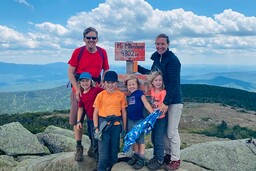
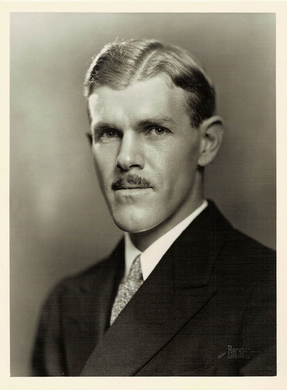
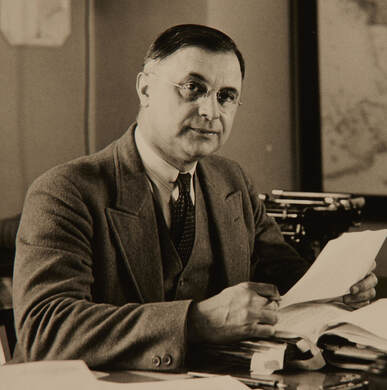
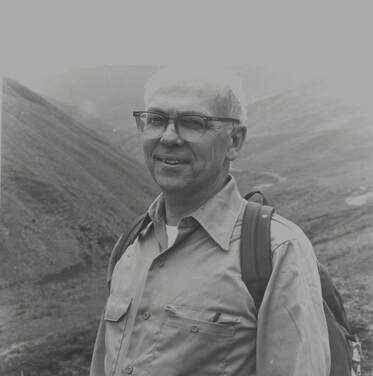


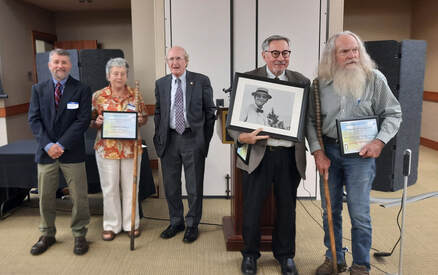
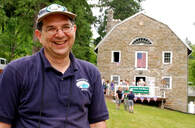
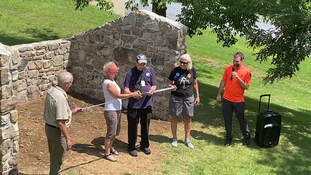
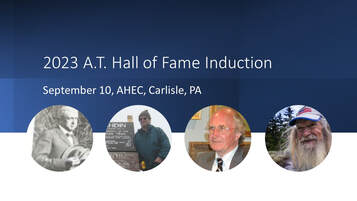
 RSS Feed
RSS Feed